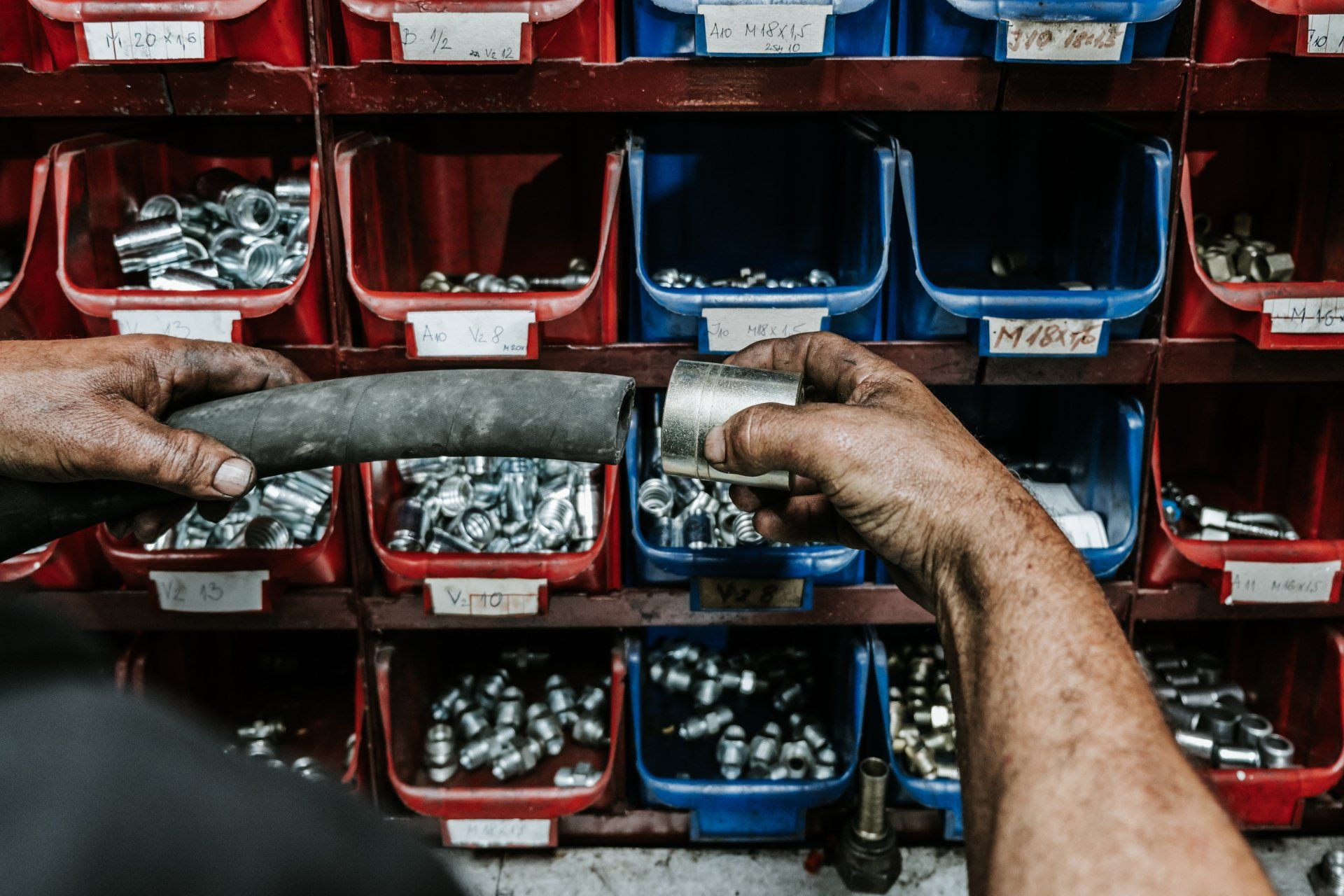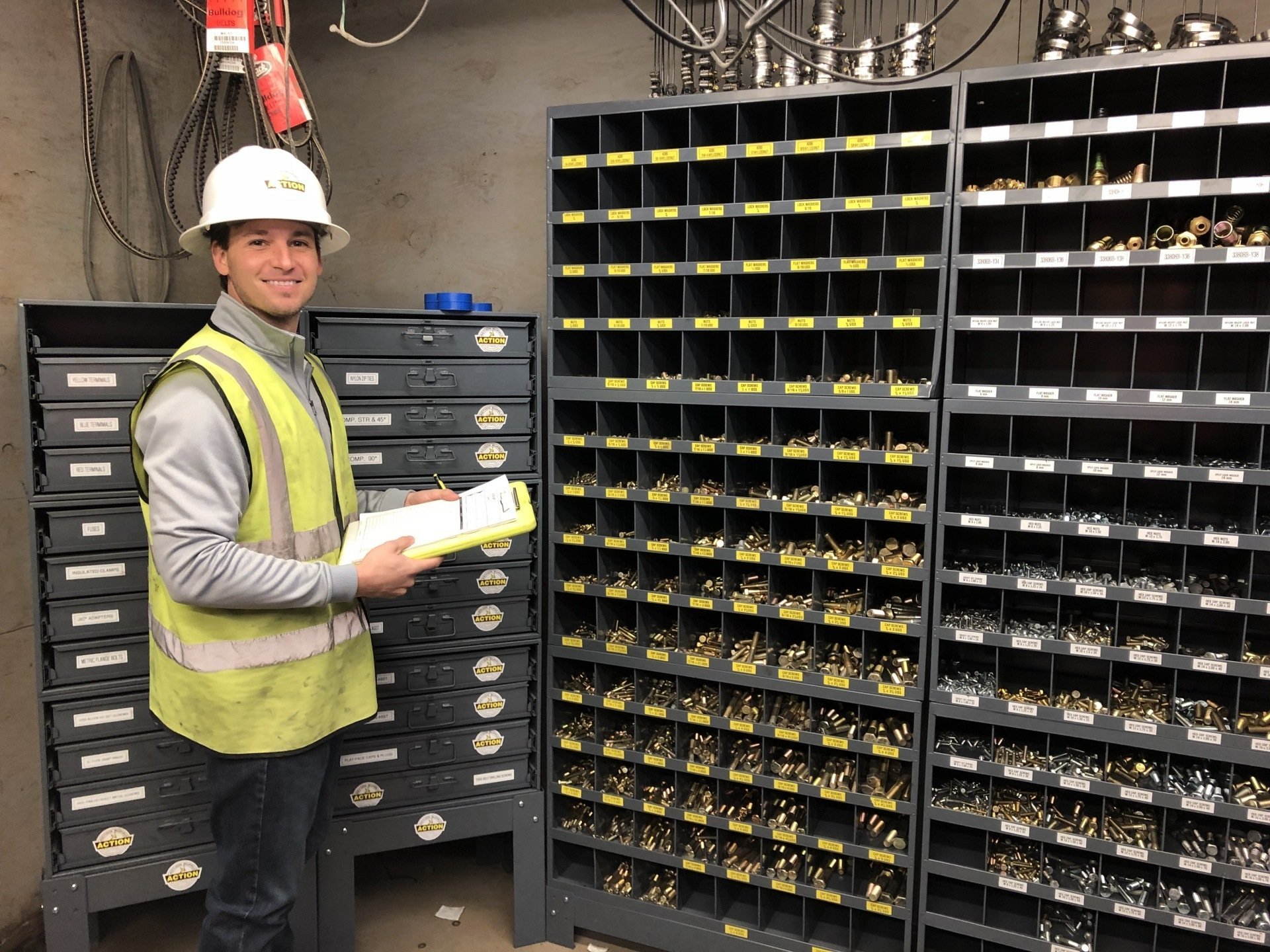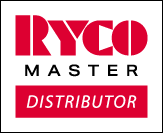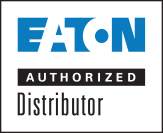How to Avoid Fastener Overdriving
Fastener overdrive occurs when a fastener is driven too far into the material. While this sounds like a small issue, it can lead to large problems for your project. In this blog, we will explore the importance of avoiding fastener overdrive and provide valuable tips to ensure secure and reliable connections in your projects.
What is Fastener Overdrive?
Fastener overdriving refers to driving a screw, nail, or another fastener too far into a material, causing it to penetrate beyond the desired depth. It occurs when the fastener is driven with excessive force or when the person driving it fails to control the depth properly.
Avoiding fastener overdrive is crucial for several reasons:
- Sheer Capacity. Shear capacity refers to the maximum amount of force or load that a structural element or fastener can withstand in shear before it fails. In structural engineering, shear capacity is a critical consideration for designing and analyzing various components like beams, columns, and connections. It is essential to ensure that the shear forces acting on these elements do not exceed their shear capacity to keep them from warping, sagging, or collapsing.
- Preventing Material Damage. Overdriving a fastener can cause damage to the material being fastened, such as wood, drywall, or metal. It can create cracks, splits, or indentations that weaken the structural integrity.
- Future Repairs or Modifications. If a fastener is driven too deep, it can be difficult to remove. This can make repairs or modifications challenging. By avoiding overdrive, you ensure that future maintenance, repairs, or alterations can be carried out without the extra hassle.
- Safety. Fastener overdrive may result in safety hazards. Overdriven fasteners can protrude from the material or create sharp edges, posing a risk of cuts, punctures, or snagging hazards. By avoiding overdrive, you create a safer environment for yourself and others who come into contact with the structure.
- Improving Aesthetics. Overdriven fasteners can create unsightly blemishes on the surface of the material, impacting the overall appearance of the project.
Ways to Avoid Fastener Overdrive
Choose the right fastener: Select the appropriate type and size of fastener for the material and application. Consult the manufacturer's guidelines or consult with an expert if you are unsure.
- Pre-drill Pilot Holes. It's helpful to pre-drill pilot holes in dense or brittle materials like hardwood or drywall. Pilot holes help guide the fastener and reduce the chances of overdriving.
- Set the Clutch. The clutch controls the amount of torque applied. Consult the tool's manual for instructions on adjusting the clutch to the appropriate amount of pressure to avoid overdrive.
- Start Slow and Increase Gradually. When using power tools, start at a low speed and gradually increase as needed. This gives you better control over the fastener and helps avoid fastener overdriving.
- Use a Depth Stop. Some power drills and impact drivers have depth stops or depth control attachments. These allow you to set a specific depth for the fastener, preventing it from being driven too far.
- Use Self-Centering Bits. Self-centering bits are designed to let you drill with great precision. This can make a huge impact on improving your project's sheer capacity while avoiding fastener overdrive.
- Test and Adjust. If you are unsure about the appropriate depth, start with a test piece outside the project. Drive the fastener into the test area and check the result. If needed, make adjustments before proceeding with the final installation.
Action Supply Can Help You Get Your Project Right the First Time
We are the best hardware supply source in the Houston Area. Our expert technicians will go above and beyond to provide the best solutions to your residential or industrial project needs! If you have questions about the best fasteners and equipment for your project, call us today!





